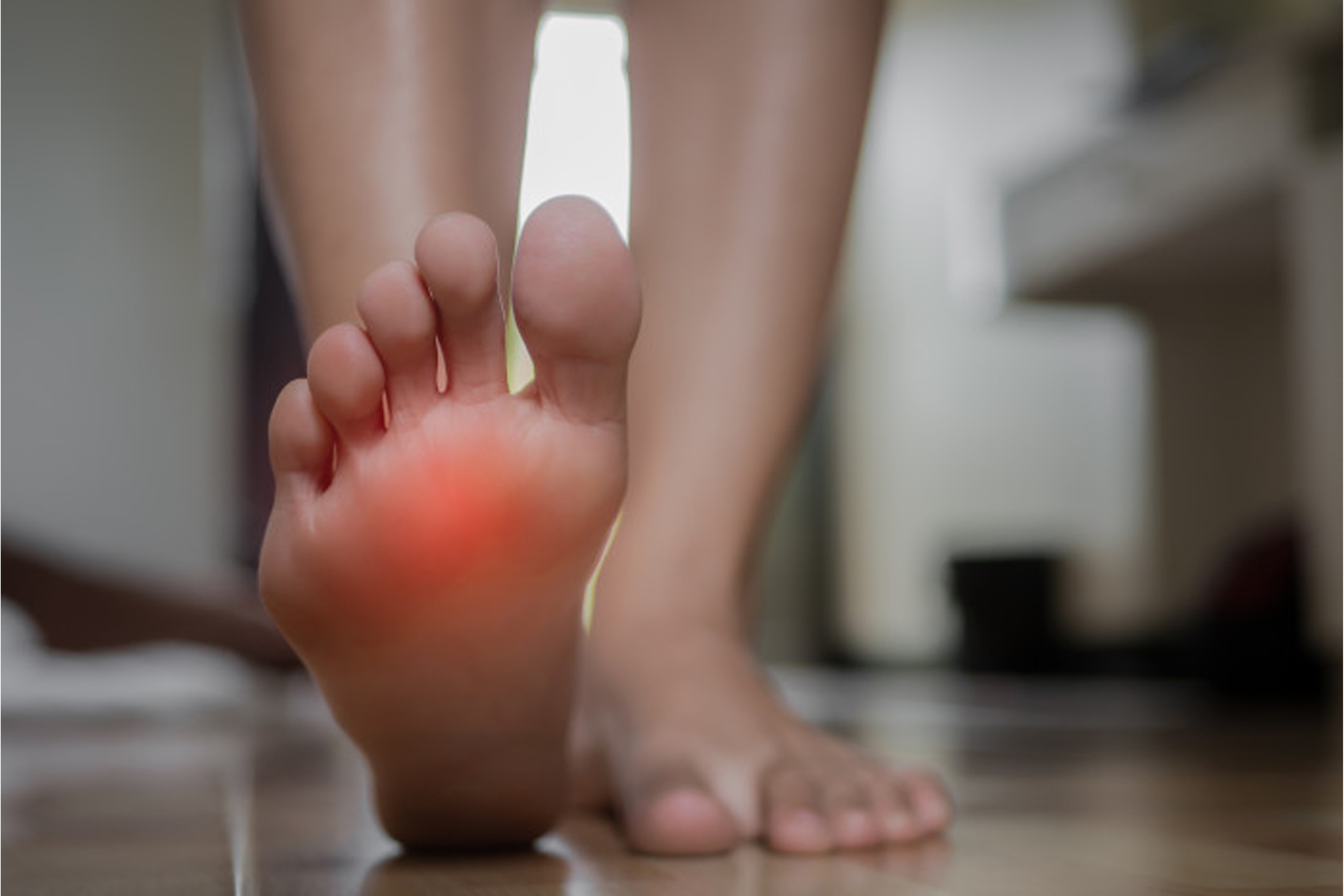Most of us have experienced a blister or two throughout our lifetime. They can be painful and stop us from activities we love when we least expect it. The feet take an immense load throughout our life, and one small blister can stop us in our tracks.
But for good reason, the amazing mechanics of the foot need to be protected if there’s too much excessive force. The structure of 26 bones, 33 joints and over a hundred ligaments in the foot, along with padding and cushioning in the sole and toes form a sophisticated network of bone and tissue capable of extensive and continuous movement.
Blisters are the most common foot ailment and can be prevented with some extra care. Let’s explore the science of blisters more.
What is a blister?
When friction on the foot is excessive through constant rubbing, the skin will tear just under the skin surface and fluid rushes in as a protective mechanism, creating a blister bubble. The blister prevents infection and further damage to the skin which is why they are best left to heal themselves.
How do blisters happen?
Feet are equipped to deal with frictional and vertical forces. They are subject to constant movement and interaction with socks, shoes and the ground beneath them. But if the friction is too great, the skin stretches, and a skin tear develops under the surface which fills with fluid.
Blisters happen from:
- Badly fitting shoes that rub in all the wrong places
- Excessive moisture and perspiration during warmer months or while doing strenuous activities
- A fungal infection or chemical reaction
- Burning or freezing the skin
Self-help – what you can do at home to treat blisters
Stretching the skin is actually the problem which creates the blister. To preventing the skin from stretching and then tearing, we recommend the following:
- Wear proper fitting shoes for specific activities
- Wear socks as this will protect the skin and minimise stretching through stress on the skin
- If you have excessively sweaty feet, wear moisture-wicking socks to absorb the sweat away from your feet, or change your socks a couple of times a day
- If hiking or doing sports, wear purpose-made socks to help stop friction
- Use anti-fungal sprays on your feet to prevent bacteria forming
If you do get a blister, here’s what you can do at home:
- If the blister is still intact, then leave it as it is. It protects the wound from germs and prevents infection. Use blister band aids, socks and coat with some lubricant to prevent rubbing and allow it to heal naturally.
- If the blister is broken, then you need to use an antiseptic to clean and disinfect the area. Keep as much of the removed skin over the blister as possible to protect it and allow it to heal quickly. Exposing the blister to air will not speed up recovery. It’s best to bandage it properly and allow it to heal from the inside.
How we help you with blisters
Sometimes blisters can become painfully infected and take a long time to heal. This happens because they have broken and the skin has been left exposed.
If an infection gets inside the wound and your blister is not showing signs of healing quickly, then you might need some professional help to speed up the healing process. We’d recommend you see a professional podiatrist for some assistance to make sure there is no other underlying infection if the blister shows any signs of being:
- Sore and swollen
- Larger and difficult to walk on
- Very itchy and irritated
- Red streaks forming around the blister indicating further infection
Need some help to relieve inflamed blisters on your feet?
Our gentle and experienced podiatrists in our family owned practices will treat blisters and will also advise on ways to prevent them from occurring again. This will depend on your activities, your shoes, walking style and the shape of your foot. With the right advice, you will be able to do all your favourite sports and activities without worrying about blisters getting in the way.
Call us or make an appointment at one of our podiatry clinics located in Adelaide, Stirling and Mount Barker.
Sander Podiatry Adelaide – 08 8379 1456 (Greenhill Podiatry)
